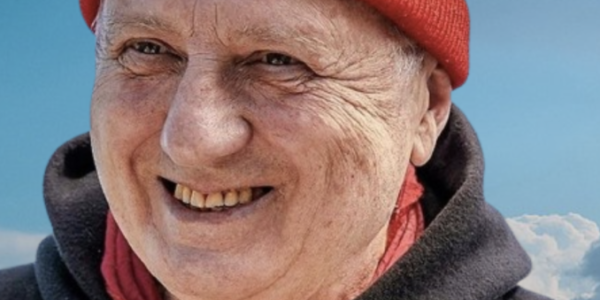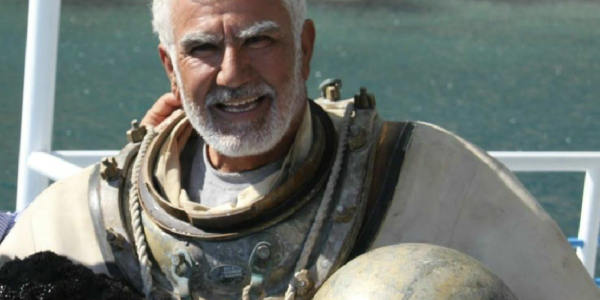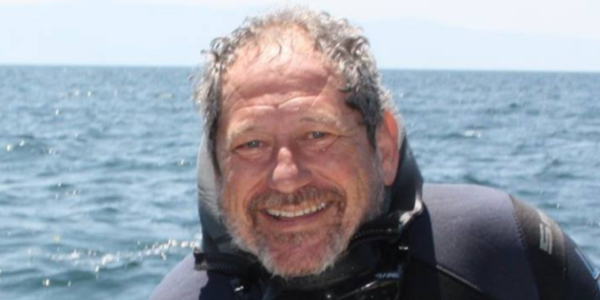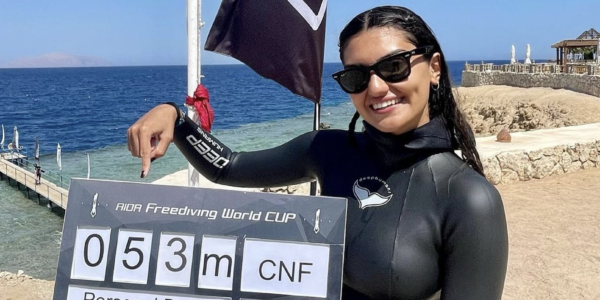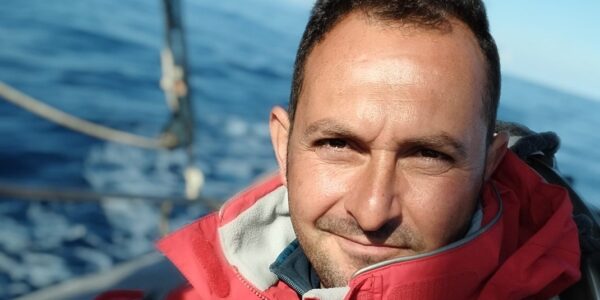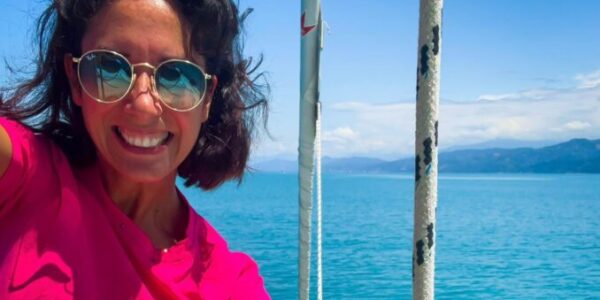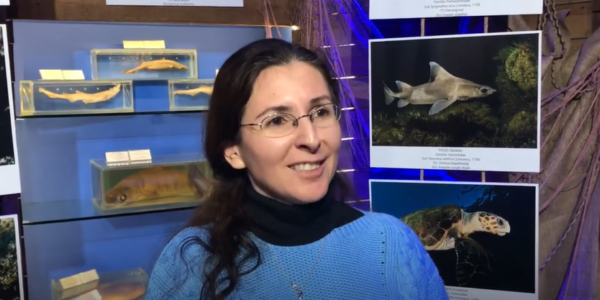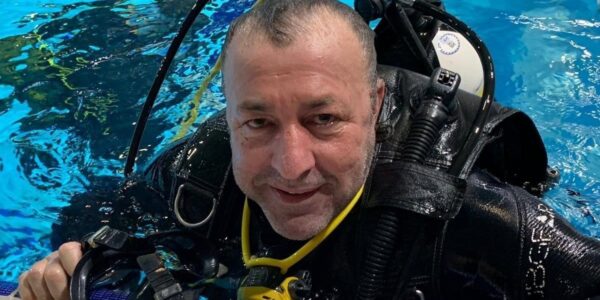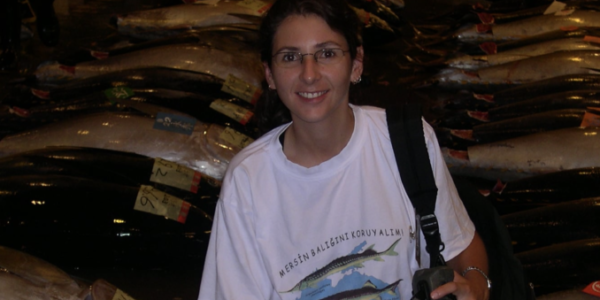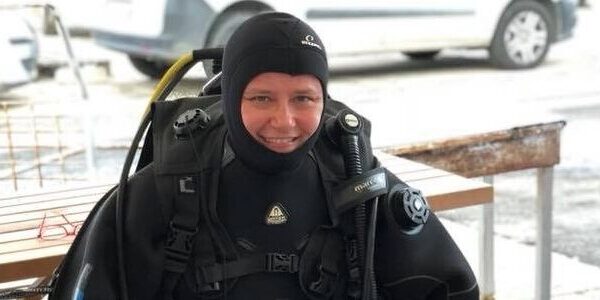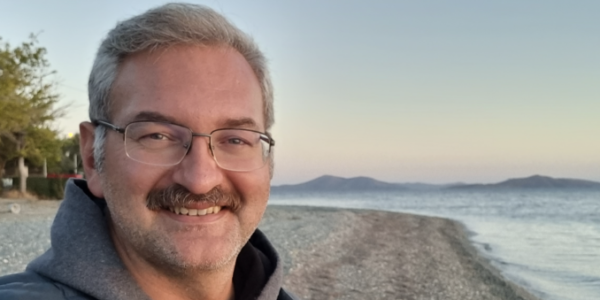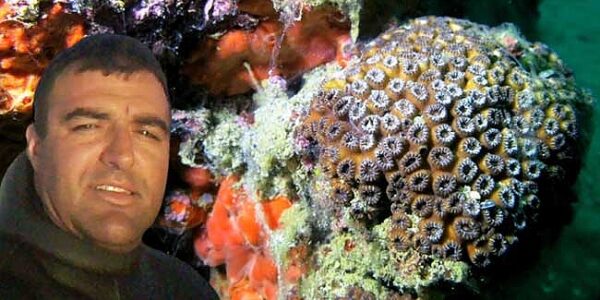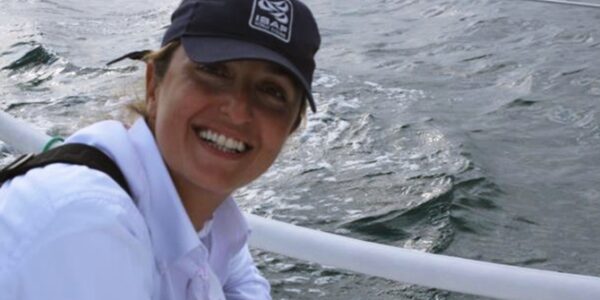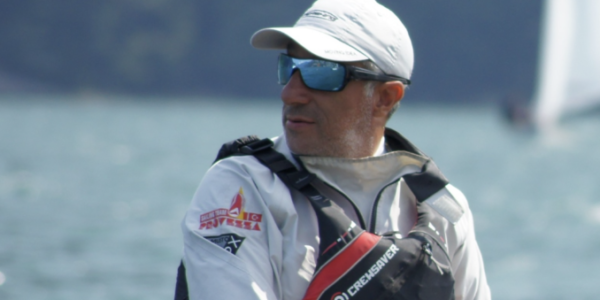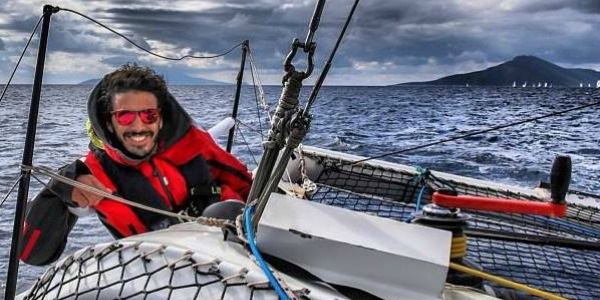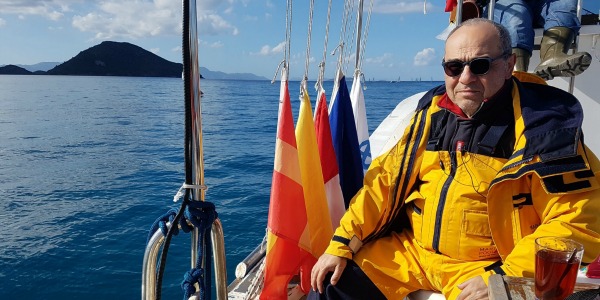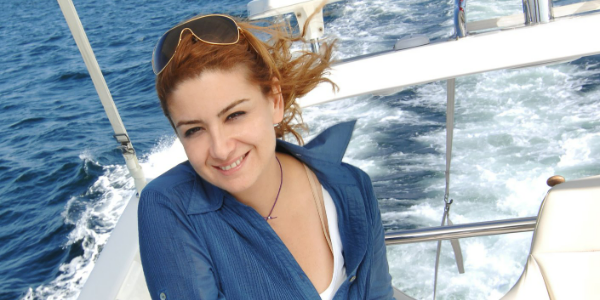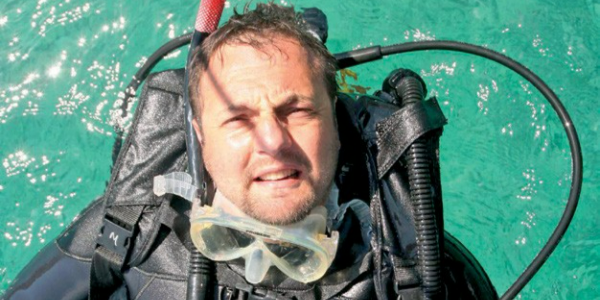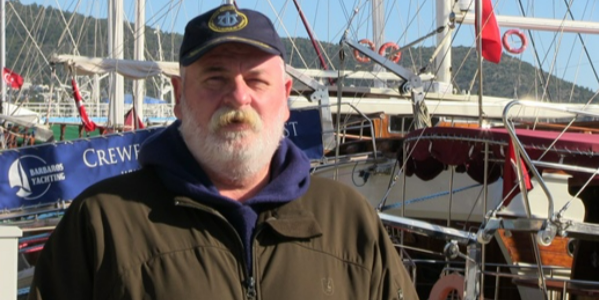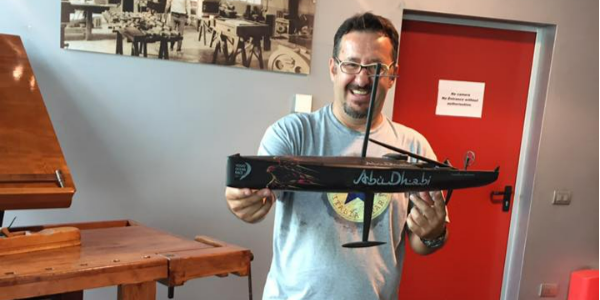- A PhD student from the University of Queensland, Australia has put together an incredible video of coral life
- Marine biologist Daniel Stoupin created the film to show the secret life of the ‘slow’ marine animals
- The corals and sponges were filmed under high magnification to show their amazing and bizarre features
- But they move so slowly that their motion is only detectable by using time lapses
- Although coral reefs such as this are crucial to Earth’s biosphere, we still know very little about them
- ‘Once I started photographing corals more often, pursuing time lapses was inevitable’
11:37 EST, 1 April 2014
|
13:02 EST, 1 April 2014
You might have seen incredible images of coral before, but you’ve never seen anything like this.
PhD student Daniel Stoupin from the University of Queensland, Australia has spent months photographing and filming supposedly ‘slow’ marine animals like coral and sponges, and the results will blow you away.
Using time-lapse photography, he shows how these seemingly stationary underwater marvels come to life under high magnification, highlighting remarkable details and behaviours that scientists around the world still don’t fully understand.
Scroll down for the full video
Stoupin took 150,000 shots with high-end cameras and lenses to create beautiful time-lapses of marine life
By
stitching the images together, Stoupin was able to show how corals and
sponges we think as stationary come to life over time in weird and
wonderful ways

Although they play a crucial role in Earth’s biosphere, we know very little about this rather sedate marine life
It took over nine months for Stoupin to film the corals and sponges in marine aquarium tanks.
While he didn’t disclose the full price of the endeavour, Stoupin did say that it cost ‘way more’ than a few thousand dollars.
‘I love marine life, especially invertebrates and I always
look for something new to observe, film, or photograph,’ Stoupin tells MailOnline.
‘When I
got my first chance to focus my macro lens on a coral I realised that I want to
know more about these magnificent creatures, their colours and their life.
‘Once I started photographing corals more often, pursuing time lapses was
inevitable.’
Despite filming the marine life in
enclosed tanks and having friends in the industry, Stoupin says he does
not endorse the activities of commercial coral collectors and hopes the
video allows people to appreciate the value of such life in the Great
Barrier Reef in Australia and elsewhere.

more videos
‘My techniques are too complex to be performed under water,’ says Stoupin, ‘especially focus
stacking where any vibrations or swell would ruin the super-macro shot.
‘Focus
stacking is the technique that gave the most spectacular results and allowed me
to capture incredible amount of detail.
‘That’s why I had to look for help among
people whose activities I do not endorse – aquarists and commercial coral
collectors.
‘Marine aquarium industry is quite large here in Australia and a lot
of people create artificial reefs at home.
‘So, all filming was done in tanks
and due to my position I did not buy a single coral or live rock, I did not keep a
tank at home or in anyway contribute to the industry.
I tried to film freshly
collected animals before they are sold and shipped to other countries to be put
in private tanks.’

Up close you can see some of the incredible details on various pieces of coral and sponges
Here a coral known as a fungia can be seen excavating itself from sand and silt, which piles on top of it over time
THE GREAT BARRIER REEF
The Great Barrier Reef covers 1,429 miles and is so large it can be seen from outer space.
Marine
creatures include 600 types of soft and hard corals, more than 100
species of jellyfish, 3000 varieties of molluscs, 500 species of worms,
1625 types of fish, 133 varieties of sharks and rays, and more than 30
species of whales and dolphins.
It extends south from the northern tip of Queensland in north-eastern Australia to just north of Bundaberg.
The reef is an at risk World Heritage listed site that UNESCO believes could become an ‘in danger’ later this year.
A lot of interesting aspects of coral and sponge biology can be seen in the gorgeous time-lapses.
Some of the events happen over long periods of time, such as at night when some corals open up and extend their tentacles.
‘A fun part to watch is seeing how brittle stars
clean sponges,’ says Stoupin.
‘Brittle stars are relatives of sea stars and sea urchins.
‘They
have long flexible arms with which they can collect random stuff sediments that
fall on sponge surface.
‘I did not know about such symbiosis until I saw it
it in my time lapses and then read it in a research paper after looking up for
information.’
Stoupin’s is all the more impressive as he had to juggle taking the shots with being a PhD student.
The longest part he says was processing the images.
‘Often I had to wait days to process a sequence to realize that I’ve
done mistakes and had to do it over.
‘One frame could easily take more than 10
minutes of processing time.’

The groundbreaking video reveals some unknown aspects of the deep blue sea that we are yet to understand
Stoupin hopes the video will serve as a reminder as to how precious and wonderful reefs like the Great Barrier Reef are
Each frame of the video was a ‘stack’ consisting of three to 12 shots, with the in-focus areas merged to highlight aspects of the coral and sponges
With the video Stoupin says he hopes to show a unique perspective of the Great Barrier Reef and attract attention to the problems that it is facing.
‘Australian government approved
industrialisation of the area that will have devastating consequences.
‘Ignoring
these problems and creating artificial reefs at homes instead of protecting the
reef is, unfortunately, is very common.
‘Watching the marine aquarium industry
from inside during the filming process made me extremely concerned about
priorities of those who often claim themselves to be reef lovers.’
Share or comment on this article
-
 Dog shows its gratitude after being saved from canal
Dog shows its gratitude after being saved from canal
-
 WARNING GRAPHIC: Usain Bolt ‘daggers’ a girl in Trinidad
WARNING GRAPHIC: Usain Bolt ‘daggers’ a girl in Trinidad
-
 WARNING – GRAPHIC CONTENT: Woman gets hit by car in Russia
WARNING – GRAPHIC CONTENT: Woman gets hit by car in Russia
-
 Vladimir Putin ‘calls’ Sarah Palin on the Tonight Show
Vladimir Putin ‘calls’ Sarah Palin on the Tonight Show
-
 Marilyn shows off her physique in these beautiful screen…
Marilyn shows off her physique in these beautiful screen…
-
 Moments before deadly Indianapolis mugging
Moments before deadly Indianapolis mugging
-
 Driver with kids in car runs red light and is hit by tram
Driver with kids in car runs red light and is hit by tram
-
 Rats filmed crawling over pastries at New York donut shop
Rats filmed crawling over pastries at New York donut shop
-
 David Letterman tells his audience that he plans to retire
David Letterman tells his audience that he plans to retire
-
 Close call: Skydiver is nearly hit by a falling METEORITE
Close call: Skydiver is nearly hit by a falling METEORITE
-
 Cressida Bonas: First public outing with Prince Harry
Cressida Bonas: First public outing with Prince Harry
-
 Queen Elizabeth meets with the Pope, Napolitano
Queen Elizabeth meets with the Pope, Napolitano
-
 Cressida’s family hold a wedding summit ‘on engagement to…
Cressida’s family hold a wedding summit ‘on engagement to…
-
 Bravest little cat in the world: Tiny wildcat scratches and…
Bravest little cat in the world: Tiny wildcat scratches and…
-
 Away with the fairies? University lecturer claims to have…
Away with the fairies? University lecturer claims to have…
-
 Mom charged with child abuse after leaving son, 3, home…
Mom charged with child abuse after leaving son, 3, home…
-
 Do you know this man? FBI appeals to the public to help find…
Do you know this man? FBI appeals to the public to help find…
-
 Oregon mom, 25, found guilty of beating her 4-year-old to…
Oregon mom, 25, found guilty of beating her 4-year-old to…
-
 Newly released police files reveal that Maryville ‘rape…
Newly released police files reveal that Maryville ‘rape…
-
 I’ll have a Monster Mac please: Website lifts the lid on…
I’ll have a Monster Mac please: Website lifts the lid on…
-
 EXCLUSIVE: ‘Shame on you, little p***k’: Furious father…
EXCLUSIVE: ‘Shame on you, little p***k’: Furious father…
-
 Fort Hood officials confirm shooter had a psychiatric…
Fort Hood officials confirm shooter had a psychiatric…
-
 School counselor, 32, accused of having sex with 12th grade…
School counselor, 32, accused of having sex with 12th grade…
-
 UK chokes on toxic smog: Callers flood 999 complaining of…
UK chokes on toxic smog: Callers flood 999 complaining of…
Comments (6)
Share what you think
-
Newest -
Oldest -
Best rated -
Worst rated
The comments below have not been moderated.
sequoia1988,
Montgomery, United States,
1 day ago
Sometimes there are just no words. You quietly look in AWE and SMILE.
sequoia1988,
Montgomery, United States,
1 day ago
Sometimes there are just no words for what Nature does. You have to silently look in AWE and SMILE.
Frankly,
Sydney, Australia,
1 day ago
amazing – and a lot of work – time-lapse motion underwater …
Colin Christian,
Riverview, United States,
2 days ago
Wow! More like this please! Wonderful!

America Land of,
Norfolk VA, United States,
2 days ago
Just beautiful!
Rosie12 Florida,
Miami,
2 days ago
Beautiful colors!
The views expressed in the contents above are those of our users and do not necessarily reflect the views of MailOnline.
We are no longer accepting comments on this article.
 Who is this week’s top commenter?
Who is this week’s top commenter?
Find out now

